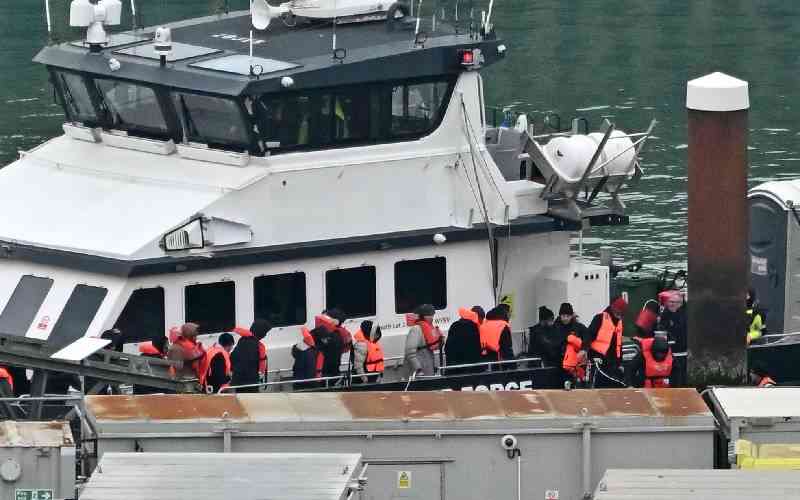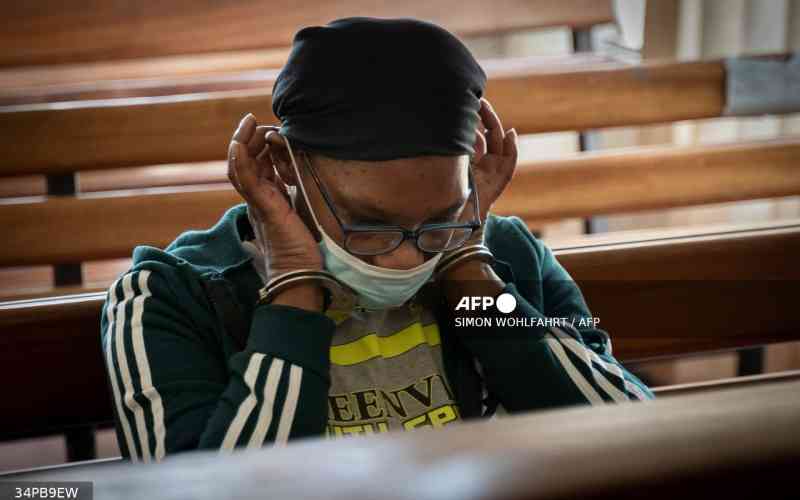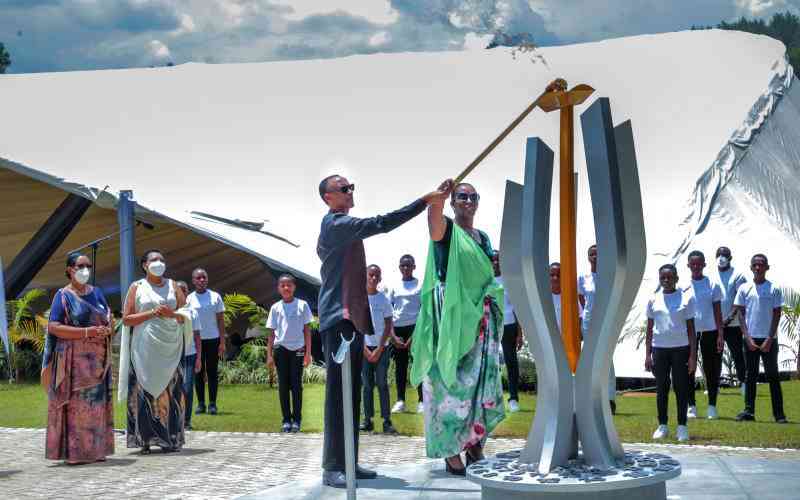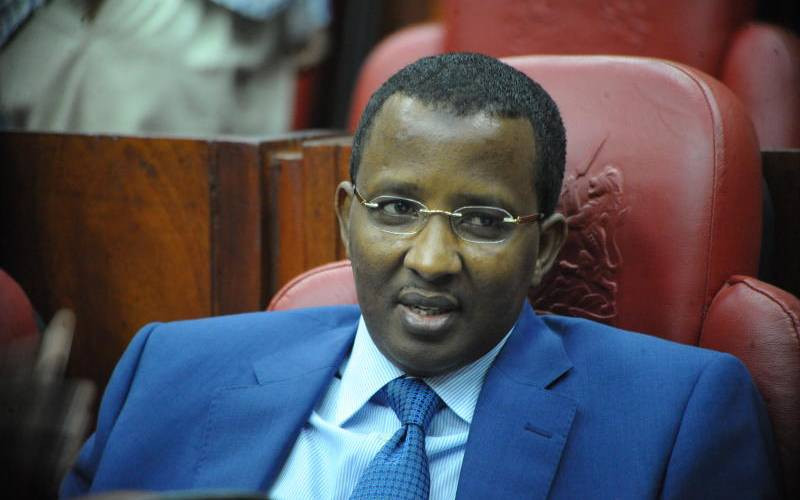We arrived in Kigali, Rwanda after a non-stop 30-hour road trip.
From the moment we cross the border from Uganda, we realise how different everything about this country is.
First, we had to do away with all the polythene bags we had carried because they are illegal in Rwanda.
The roads are dizzyingly circuitous and we keep being stopped every 20 minutes by police officers.
It took a while for Kenyans who were visiting Rwanda for the first time to get used to the bus being driven on the right.
We are in Rwanda to attend the Gorilla Naming Ceremony, which takes place every year.
INCOME EARNER
The biggest tourist income earner for Rwanda is the Gorilla Trekking, which earned them up to $300 million in 2013.
The stories about Rwanda being clean are true, and the sense of community cleanliness is entrenched in their social fabric, even in the constitution.
Every last Saturday of the month, between 8am and 11am, everyone is expected to participate in cleaning.
One way of understanding Rwanda as it is today is by visiting the Genocide Memorial.
Of those who survived, many of them took refuge in Uganda, Democratic Republic of Congo and Kenya.
Rwandwese speak French, Kinyarwanda and now English, but many are still struggling to speak the latter fluently.
But what I noticed is that some of the locals speak very good Kiswahili, having lived in Kenya, Tanzania and Congo.
One local explained to me that when the Rwandese started going back to their country, Kiswahili was considered the language of the upper class, and everybody wanted to learn it.
Stay informed. Subscribe to our newsletter
A recent addition to the tourist attraction are the Musanze Caves.
They were opened this year to the public and those who want to explore them are charged $50.
An exploration of the caves takes an hour and we decided to go for it.
We did not cover all of them because they are deathly dark and scary. But that is the thrill of the exploration.
I cannot help but notice how similar our cultures are.
The Rwandese also use grass to weave mats, and baskets with conical covers.
Their carvings, jewellery and fabric prints are so similar to those of Kenyan tribes.
CULTURAL DANCES
Even their language, Kinyarwanda which is Bantu, sounds like some of dialects spoken in Kenya.
What stood out for me is their art, which is done meticulously and which vividly depict the very essence of Rwandese life.
The Rwandese cultural dances mirror those of the gorilla walk.
Both men and women participate in these dances, with very invigorated gorilla-like moves.
Because of the interaction with fellow East Africans, the Rwandese also adopted their food.
The staple food for Rwandese is potatoes, and they grow lots of it in Musanze.
We go through large tracts of land with potatoes before we get to the foot of the volcanic mountain to start our trek with the Mountain Gorillas.
These primates are only found in Uganda, Democratic Republic of Congo and Rwanda.
We go on what we can classify as a moderately steep climb, and it takes us one and half hours to reach the spot where the gorillas are.
Before we started climbing, we had been given the dos and don’ts when we are around the gorillas.
We forgot some of the rules when we suddenly found ourselves in the vicinity of these creatures.
Mountain Gorillas are very organised primates.
DOMINANT MALE
They wake up at the same time every day, take a nap at the same time, and sleep at the same place.
Each family has a dominant male, up to four females and other males (silver backs) who have the potential of becoming dominant.
Amahoro, the family we visited, had about 18 members which included four females and four silver backs.
The rest were children, and some were playing while others were taking a nap.
I was amazed at how the rangers would communicate with them, even understanding their signs.
DOCUMENTING BIRTHS
It took a while for us to be at ease near the gorillas.
We sat with them for about an hour, and left when they were taking a nap.
The yearly Gorilla Naming Ceremony is for documenting their births and the names are derived from the behaviourial traits of the baby, the family or even from the area it was born.
This year, 18 gorillas were named, up from 12 last year.
The ceremony was very colourful with more gorilla-like dances, and gorilla-look-alike show being the main attraction.
 The Standard Group Plc is a
multi-media organization with investments in media platforms spanning newspaper
print operations, television, radio broadcasting, digital and online services. The
Standard Group is recognized as a leading multi-media house in Kenya with a key
influence in matters of national and international interest.
The Standard Group Plc is a
multi-media organization with investments in media platforms spanning newspaper
print operations, television, radio broadcasting, digital and online services. The
Standard Group is recognized as a leading multi-media house in Kenya with a key
influence in matters of national and international interest.
 The Standard Group Plc is a
multi-media organization with investments in media platforms spanning newspaper
print operations, television, radio broadcasting, digital and online services. The
Standard Group is recognized as a leading multi-media house in Kenya with a key
influence in matters of national and international interest.
The Standard Group Plc is a
multi-media organization with investments in media platforms spanning newspaper
print operations, television, radio broadcasting, digital and online services. The
Standard Group is recognized as a leading multi-media house in Kenya with a key
influence in matters of national and international interest.








